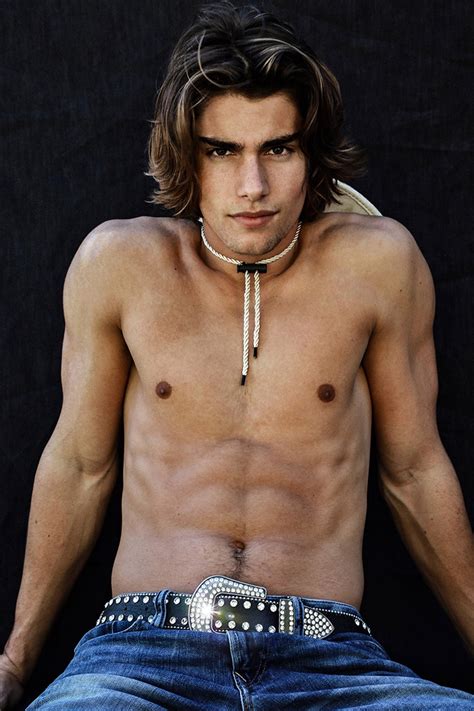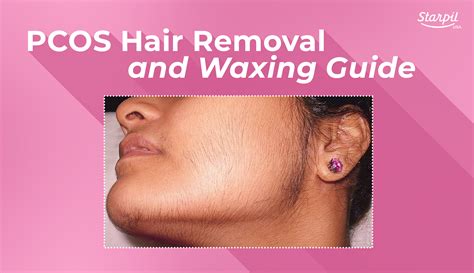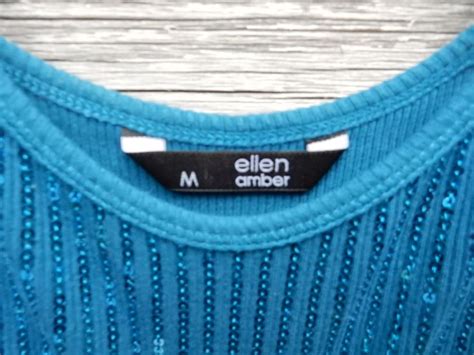Puberty marks a period of profound transformation in the male body, driven primarily by an increase in hormone production. While facial hair growth, like the development of a beard and mustache, is a commonly recognized sign, it’s just one aspect of the widespread changes in hair distribution. The surge of specific hormones leads to a remarkable shift from fine, almost invisible ‘vellus’ hair to thicker, darker ‘terminal’ hair across various body parts.
Hormonal Triggers: The Role of Androgens
The orchestrators of male pubertal changes, including hair growth, are hormones known as androgens, most notably testosterone. Produced in the testes, these hormones circulate throughout the body, stimulating hair follicles in specific androgen-sensitive regions. This hormonal influx is responsible for converting vellus hair, which is typically light and downy, into terminal hair, which is coarser, darker, and more prominent.
The sensitivity of hair follicles to androgens varies across different body areas, which explains why hair growth appears in a predictable, though individually timed, sequence and pattern during puberty. Genetic factors also play a significant role, determining the density, texture, and ultimate distribution of this new body hair.
The First Waves: Pubic Hair Development
One of the earliest and most consistent indicators of male puberty, often preceding significant facial hair, is the emergence of pubic hair. This typically begins around the base of the penis, appearing as sparse, straight, or slightly curly strands. Over time, usually within a few years, it spreads to cover the entire pubic triangle, eventually extending up towards the navel (forming the ‘diamond’ pattern) and down the inner thighs.
The progression of pubic hair development is a key marker in the staging of male puberty, indicating the increasing androgen levels that will continue to influence hair growth elsewhere on the body.

Underarm and Torso Hair: Axillary and Chest Growth
Following pubic hair, and sometimes concurrently, hair begins to develop in the axillary region, commonly known as the underarms. This axillary hair typically appears somewhat later than pubic hair, often around the middle to late stages of puberty. Like pubic hair, it starts as fine strands and gradually becomes thicker, darker, and more abundant, forming a dense patch in the armpits.
Beyond the underarms, many males will experience a significant increase in hair growth across the torso. Chest hair often begins as fine vellus hair that progressively thickens and darkens, eventually covering varying areas of the chest and abdomen. The extent of this growth is highly individualized, ranging from a sparse scattering to a dense mat covering the sternum, shoulders, and abdomen.


Hair on Limbs and Beyond
The limbs are another prominent area for increased hair growth during male puberty. Hair on the arms and legs, which may have been fine and light during childhood, becomes noticeably thicker, darker, and more widespread. This growth typically starts on the upper arms and thighs, gradually extending down towards the forearms and calves. The density and coverage can vary significantly between individuals, with some developing quite dense hair on their legs and arms, while others have lighter coverage.
For some males, hair growth may also extend to areas like the shoulders and back. While generally less common or less dense than growth on the chest or limbs, this can also be a significant change during puberty, influenced heavily by genetic predispositions and hormonal sensitivity.

The Transition and Individual Variation
The process of body hair growth during male puberty is not an overnight event but a gradual transformation that unfolds over several years. It’s important to remember that the timing, sequence, and extent of hair growth are highly individual. Factors such as genetics, ethnicity, and the sensitivity of hair follicles to androgen levels all contribute to the unique pattern of body hair that each male develops.
While there’s a general progression – pubic, then axillary, then chest and limb hair – the exact timeline can differ significantly from person to person. These changes are natural and healthy parts of male development, marking the transition from childhood to adulthood.





